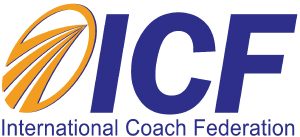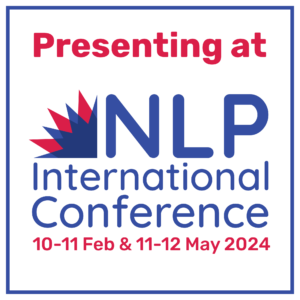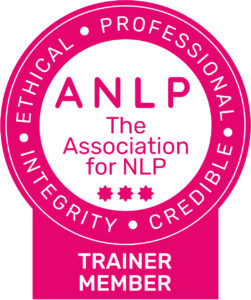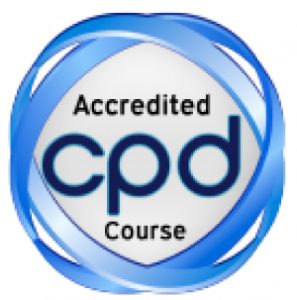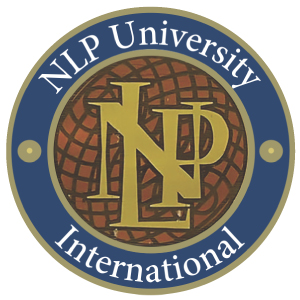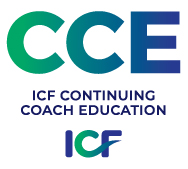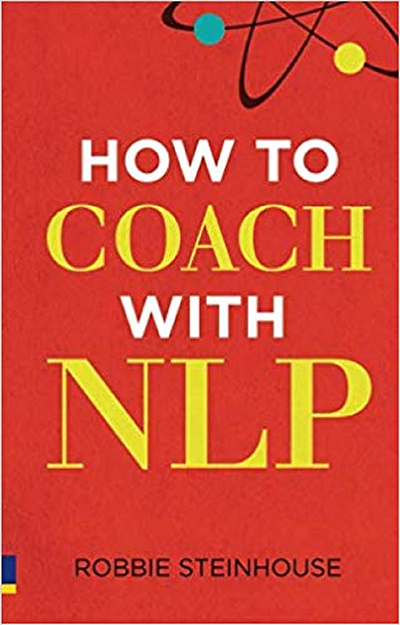Profiling and Learning Styles – Useful or Oversimplified?
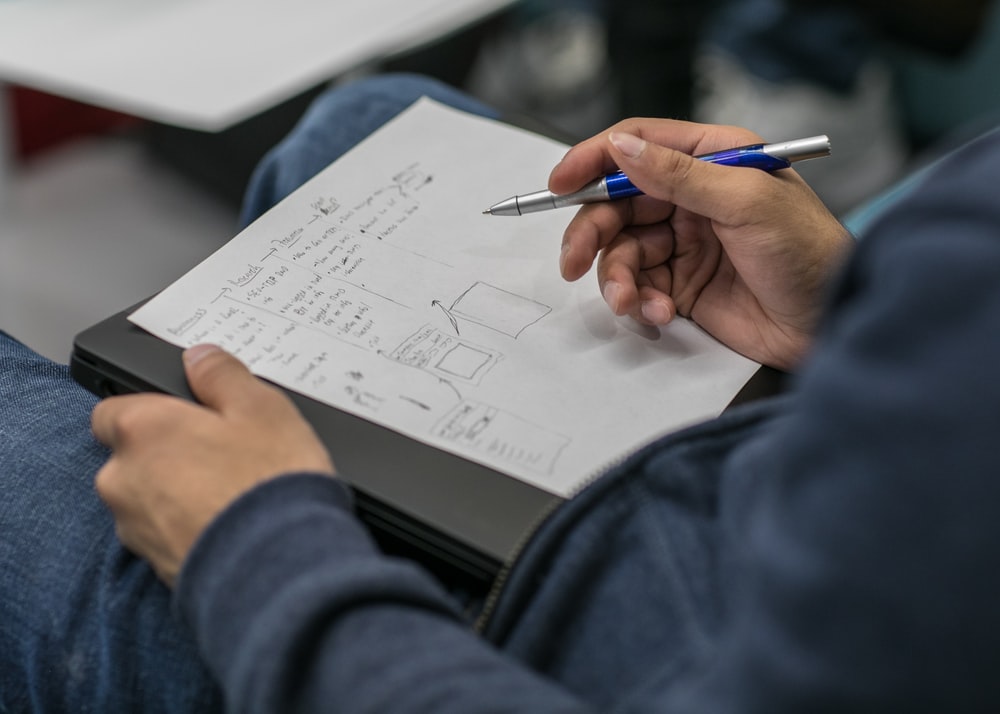
With our first ever zoom blended learning Practitioner starting in just over two weeks, I wanted to write a blog about some of the important principles we cover in the training: profiling and learning styles.
Profiling from Personal Preference
Psychometric profiling has been a huge influence on organisations for many decades now. From 360-degree feedback, to team building using tools such as Belbin to the array of tests around recruitment, these tools have had a huge impact on the way organisations make decisions. However, the various models are underpinned by subjective views on people’s psyches.
For example, the original and still most widely used is MBTI (Myers-Briggs Type Indicator). In this model, inspired by the work of psychologist Carl Jung, one component is the notion of introvert and extrovert. In truth this is not something factual – it is at best an opinion on people’s preferred methods of recharging their energy (alone or in the company of others). Realistically, this polarised distinction isn’t that helpful anyway, as people tend to be on a spectrum, and this can change depending on the context. Nonetheless, it remains a useful distinction.
Profiling and NLP
One of the big influences NLP has had upon our lives is often hidden, such as learning styles. This profiling method categorising people into visuals, auditorys or kinaesthetics seems more scientific as it is true we all have eyes, ears and feelings. The idea that people have a visual, auditory or kinaesthetic learning style preference is now used extensively in education both at school and in corporations.
However, one learning style that is not often discussed, which for some reason has been deleted from its NLP origins, is that of digital: a preference for numbers and symbols – usually written words. Although these have a visual component, this skill is not a entirely a visual one, as mathematics and number calculations tend to be more kinaesthetic (the numbers ‘feel’ right or wrong) while an auditory preference person would tend to remember the sound of words, rather than a visual image of those words. This is why learning styles are also simplistic, given so much of our communication is now in writing, it is hard to say which combination of our sense-based systems are actually involved.
Incognisant Excellence
Synaesthesia, where certain individuals use a mix of senses, is far more common than is usually expected. I have found that most people’s unconscious processing involves a combination of senses, it seems most unlikely that our senses will somehow operate entirely independently of each other.
A student on one of our trainings used baking as an example to follow an NLP technique. She used to bake excellent cakes (I tried one) and said that when the cake was ready, she noticed a slight change of colour of the cake through the glass oven door had occurred; this would trigger her saliva gland and a memory of her grandmother’s voice saying ‘they are ready’ – she would rapidly remove them from the oven and they were always ‘perfect’. She reported that the picture of the cake and sound of her grandma’s voice had somehow merged into something ‘a bit weird’. This therefore revealed that the did indeed use synaesthesia unconsciously for this skill which she could now use deliberately in future baking. It also gave credence to the principle that our senses are indeed ‘mixed’
What I have consistently found is that people are unaware of the strategies they use to gain excellence at something, and NLP helps people discover how they do what they do so well.
Synaesthesia can also represent a form of disability. During a radio interview on BBC Radio 4, a spokesperson of the UK Synaesthesia Association ( https://uksynaesthesia.com) recalled a man who had an auditory / gustatory synaesthesia where certain worlds would trigger certain tastes. Some words tasted like chocolate while others vomit. Sadly, he had to terminate a potential relationship as the name ‘Sarah’ triggered an extremely unpleasant taste in his mouth!
What can our preferences teach us?
I believe that the visual, auditory and kinaesthetic learning styles are massive over-simplifications which polarise our beliefs about our senses. At the same time, there is some truth of how these preferences play out in our lives. Virginia Satir, a famous American therapist whose work inspired the foundation of NLP (and these learning styles) pointed out how relationship issues could sometimes be resolved by couples understanding their own preference and those of their partner. If person A has a visual preference and B an auditory one, then their values can differ enormously. Person A might consider that Person B doesn’t care for them as they are messy and don’t practice adequate self-care. However, person B might ignore mirrors and find the voice tone of person A as loud, uncaring and harsh. Neither is right or wrong, they are simply programmed to notice their own preference.
When couples can learn to see that their preferences are not a truth, but simply their way of seeing the world, then relationships can heal. Interestingly, people tend to be attracted to people who are different from themselves, and this includes different learning style preferences. There is an argument that this is due to a genetic imperative: to seek a mate with differences to provide a wider variety of talents for their potential offspring. Learning to tolerate your partner and understanding these differences can be a life changing lesson. Likewise, understanding that the preferences within all psychometric measures can give valuable insights – however, I do like to take them all with a huge pinch of salt!
Did you like this post?
Then check out our events and courses – get 10% off our blended learning NLP Practitioner courses with code NLPSUB10
Sign up to our new e-learning! – 40% off our brand new e-learning courses with code NLP40
Where to find us
For posts, events, free open days and more, follow NLP School on:
Where to find Robbie
Twitter: @RSteinhouse
LinkedIn: Robbie Steinhouse
What to read next
Content and Process: The Essence of NLP Coaching
How NLP Can Improve Your Confidence: Part One




